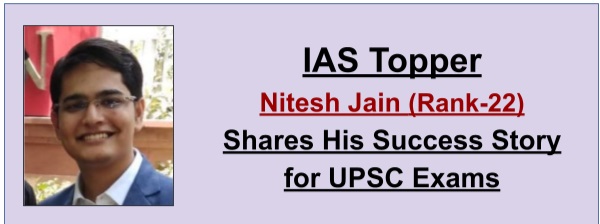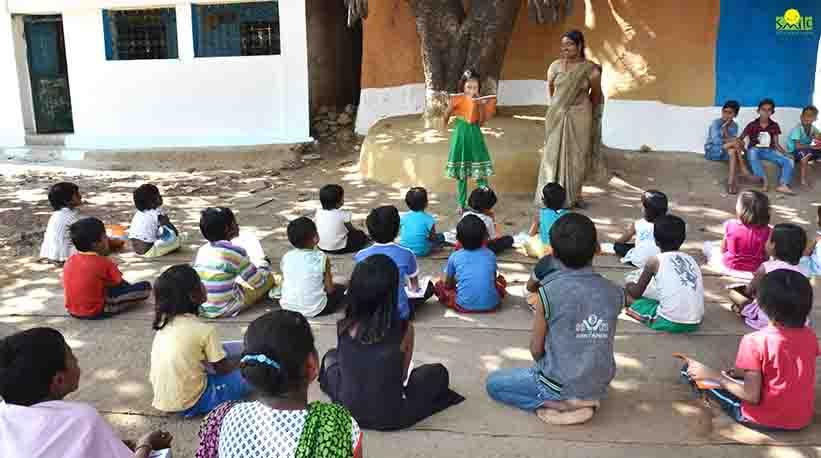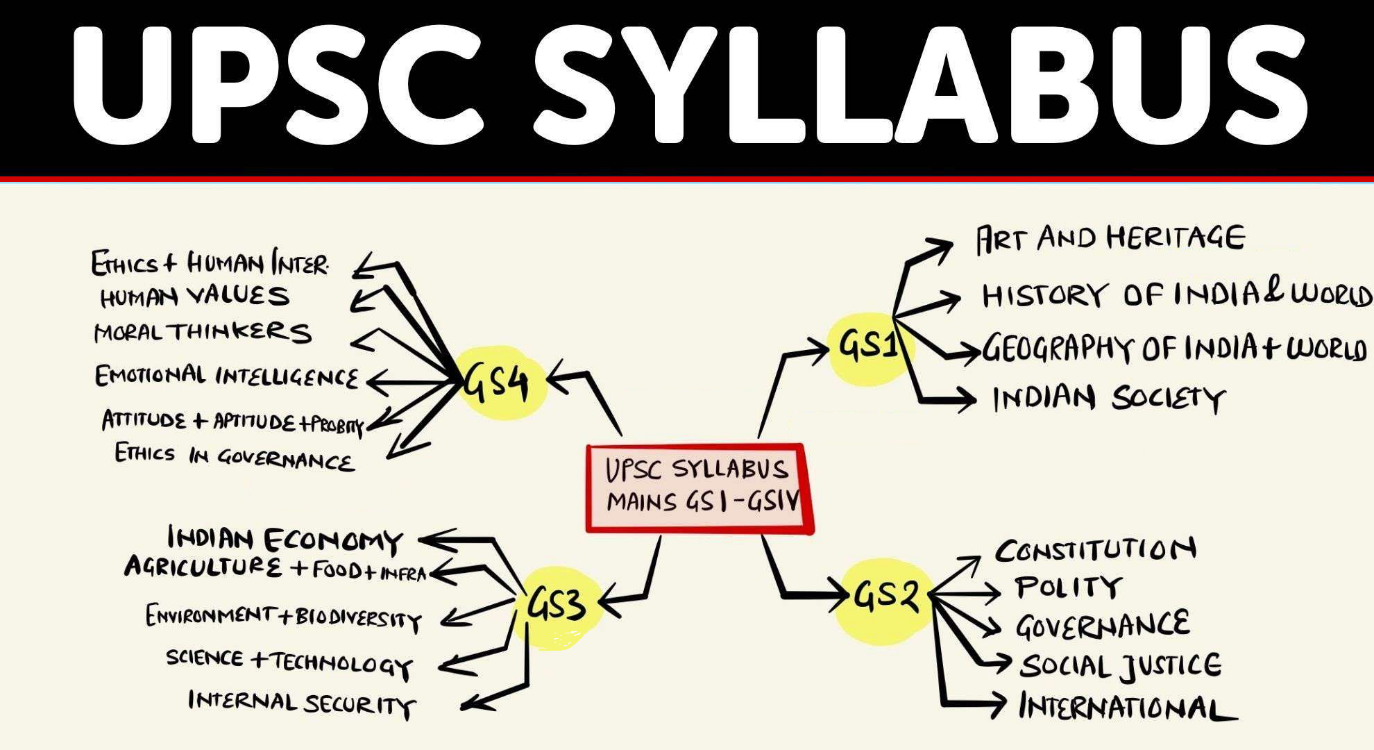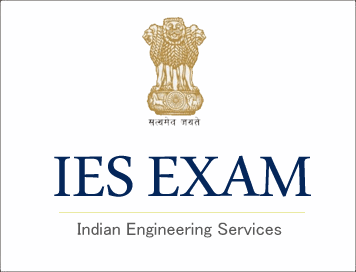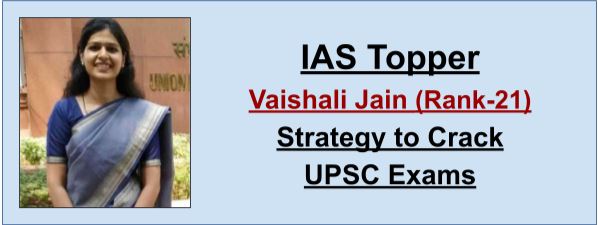
(Success Story) UPSC 2022 TOPPER, AIR-21 Vaishali Jain’s Strategy to Crack UPSC Exams
In a rare passing of events, two sisters have cleared the coveted Union Public Service Commission’s Civil Service Examination in the same year. We are speaking of all-India rank 3 holder Ankita Jain and her sister all-India rank 22 Vaishali Jain. The Jain sisters have made their parents proud.
Vaishali’s Journey
A gold medallist in both her B.Tech and M.Tech, Vaishali has done her graduation from Delhi Technological University and her post-graduation in MTech from IIT Delhi. Having been a very bright student who never had to cope with failure in her entire academic career, Vaishali was heartbroken when she could not clear her first UPSC CSE attempt in 2019. But she quickly recovered with the help of her family and concentrated on her next attempt, achieving the ultimate success.
Vaishali’s Tips To Cracking UPSC CSE
-
A Happy Mind Is Key
A mind that is under constant pressure, unable to see a positive outcome, and overall congested with thoughts cannot help you study and retain information. Positive outlook and being surrounded by people who help you see the best of a situation while keeping you grounded in reality is necessary when undertaking a journey as arduous as the civil service examination.

A few things that can help in achieving this, that Vaishali believes helped her tremendously, spending quality time with your family. Vaishali mostly isolated herself from active social life, as is necessary for an exam with a massive workload such as UPSC CSE. However, she ensured she had access to regular and quality family time. Every day, she would have a meal with her family or join them for tea. This helped her keep up her spirits. She also practiced yoga to help her stay calm and feel good.
-
Time Management Is Everything
Every subject in UPSC CSE needs a certain dedication and commitment. Deciding on time comment for each of them based on what your strengths are and how vast the UPSC Syllabus is necessary in order to complete the whole syllabus in time. Breaking down your daily time commitment into manageable sections is how you ensure efficient preparation. Vaishali allotted 11-12 hours for her daily study routine. She chose to commit a higher number of hours so that she could easily commit at least 9 hours each day, even when she was having a bad day.

-
Set Targets
We all have the same end goal – cracking UPSC Civil Services Exam. However, no one can carry such a heavy burden without breaking it down into smaller chunks. For UPSC, those smaller chunks are sections of the syllabus. Pick a subject, study it, take tests and understand your strength and weakness, and modify upcoming targets accordingly.
-
Solving Previous Years’ Questions
Solving UPSC Previous Years’ Questions will help you understand what UPSC wants from you like nothing else. Use it to create your roadmap and targets.

Remember, almost every serious candidate starts off their preparation the same way. It is consistency and discipline that set the toppers apart from the rest of the crowd. Keep working hard and smart. Success will find you.
You will surely succeed. All the best!
© IASEXAMPORTAL
CLICK HERE TO DOWNLOAD UPSC TOPPERS NOTES

